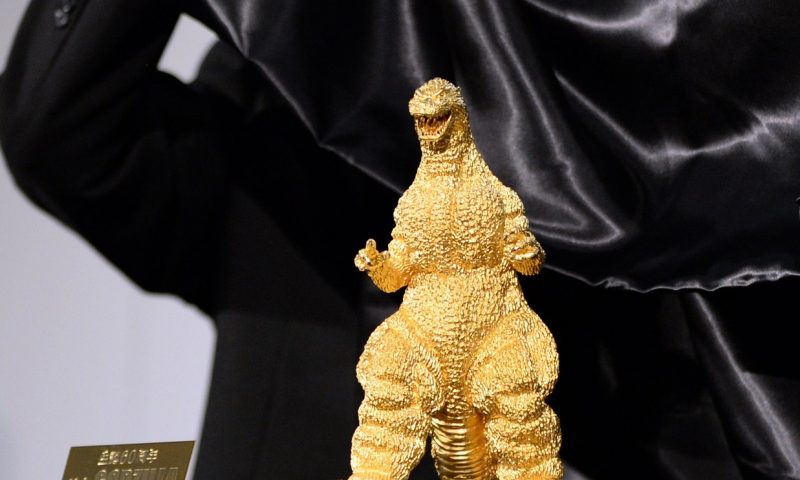Silver prices erase early losses
Gold futures ended higher for a fifth straight session Thursday, with the most-active contract just short of notching a settlement record, highlighting feverish demand for bullion amid the worst pandemic in over a century.
If gold gets to its 2011 record high, “who is to say it can’t go to $2,000 next?” wrote Fawad Razaqzada, market analyst at ThinkMarkets, in a Thursday research note. “Obviously, no one knows if it will get there, but momentum is certainly bullish, and the fundamental backdrop is still supportive.”
Gold for August delivery GC00, -0.11% on Comex rose $24.90, or 1.3%, to settle at $1,890 an ounce after trading as high as $1,897.70. Prices based on the most-active contracts stopped just short of the record settlement of $1,891.90 from August 2011, according to Dow Jones Market Data. The record intraday level for most-active futures prices stands at $1,923.70 an ounce from Sept. 6, 2011.
The front-month July gold contract GCN20, -0.25%, which trades on much lower volume, settled at $1,889.10 on Thursday, up $25, or 1.3%, for the session. That was a record for the front-month contracts, based on data going back to 1975.
The surge for gold comes against a backdrop of continued uncertainty about the economic landscape for the U.S. and other countries attempting to deal with the fallout from the COVID-19 pandemic.
There are now more than 15.25 million confirmed cases of COVID-19 world-wide and about 624,000 people have died, data aggregated by Johns Hopkins University show.
Gold has flourished in this environment at least partly due to the outsize efforts by central banks and governments to provide funding to lessen the economic effects of the global outbreak, which has benefited buying in gold and silver to a lesser extent.
As the rally for gold intensified Thursday, silver briefly erased its early losses before settling with a modest loss. The September contract SIU20, -0.40% fell 16 cents, or 0.7%, to $22.988 an ounce.
Silver prices had surged by 7.4% on Wednesday to extend a climb to its highest levels since 2014 after a 6.8% rally on Tuesday.
“Silver finally graduated from being poor man’s gold,” George Gero, managing director at RBC Wealth Management, told MarketWatch. Industrial demand for the metal, which “were headwinds, became tail winds in the economic recovery.”
James Hatzigiannis, chief market strategist at Ploutus Capital Advisors, attributed the rally for gold to the combination of a weakening dollar, which is approaching the March lows of this year, “talks from both sides (House and Senate) and the president seriously indicating we are in need of another stimulus bill.”
“This is causing investors to flee into assets that are considered a hedge against inflation,” such as gold and other inflation protected securities, he told MarketWatch. “I believe inflation is certainly building up,” with significant increases in food prices and a very beaten up U.S. dollar.
The ICE U.S. Dollar Index DXY, -0.07% trades 1.3% lower week to date and has lost 2.7% so far in July.
Data Thursday showed that U.S. initial jobless claims rose in the week ended July 18 for the first time since late March, by 109,000 to 1.42 million.
The U.S. jobs report once again confirmed that the economy is “in desperate need of help,” said Naeem Aslam, chief market analyst at AvaTrade. That lends support to haven gold.
Among other Comex metals, September copper HGU20, -1.09% rose 0.5% to $2.9385 a pound. October platinum PLV20, -1.21% added 0.7% to $963.80 an ounce, while September PAU20, -0.50% settled at $2,239.80 an ounce, up 0.5%.

